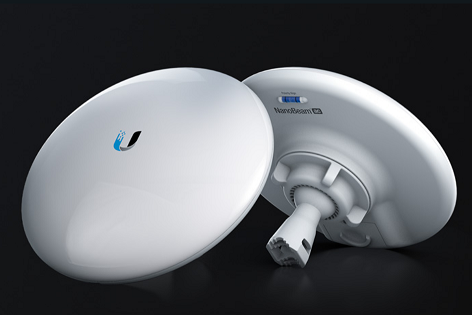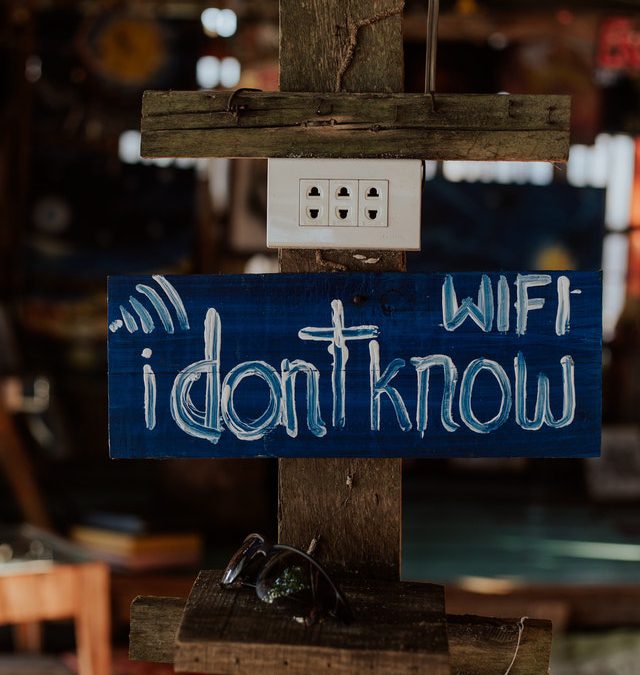
The Power of Local: 5 Reasons to Choose a Local ISP Provider Over a Big Box Company
In the digital age, having a reliable and fast internet connection is essential for both individuals and businesses. When it comes to selecting an Internet Service Provider (ISP), many people tend to gravitate towards well-known big box companies. However, in this blog post, we’ll explore the advantages of choosing a local ISP provider over a large corporate entity. From personalized customer service to supporting your community, opting for a local ISP can offer a host of benefits that go beyond just internet connectivity.
1. Personalized Customer Service
One of the most significant advantages of choosing a local ISP provider is the level of personalized customer service you can expect. Unlike big box companies, local ISPs prioritize customer satisfaction and are invested in building long-term relationships with their clients. When you call a local provider, you’re more likely to speak directly to a knowledgeable representative who can address your concerns promptly and efficiently. This personalized approach ensures a smoother experience when resolving technical issues or making changes to your service.
2. Faster Response Times
With a local ISP, you can enjoy faster response times when you need assistance. Big box companies often handle an overwhelming number of customer inquiries, leading to longer wait times and delayed resolutions. Local ISPs, on the other hand, operate on a smaller scale, enabling them to respond quickly to service outages or technical problems.
3. Tailored Internet Solutions
Local ISPs understand the unique needs of their community and can tailor their internet solutions accordingly. Whether it’s offering packages optimized for small businesses, flexible plans for individual users, or accommodating specialized requirements, local providers are more adaptable to meet their customers’ specific demands. This level of customization ensures that you receive the services that best suit your needs and budget.
4. Better Network Performance
While big box companies may have a wider reach, local ISPs can offer better network performance in their respective service areas. Since they serve a smaller customer base, local providers can allocate more resources to ensure stable and fast internet connections. This results in reduced latency, improved download and upload speeds, and overall better performance compared to big box companies, where network congestion may be more prevalent.
5. Support for Local Economy
Choosing a local ISP provider also means contributing to the growth of your community and supporting the local economy. These companies are often small to medium-sized businesses that create job opportunities within the community. By investing in their services, you help stimulate economic development and foster a sense of pride in your area.
Conclusion
When it comes to choosing an Internet Service Provider, the benefits of going local go far beyond just internet connectivity. Personalized customer service, faster response times, support for the local economy, tailored internet solutions, and better network performance are compelling reasons to consider a local ISP provider over a big box company.
By making the switch to a local ISP, you can enjoy a more positive and efficient internet experience while knowing that your decision supports local businesses and the community. So, the next time you’re in the market for internet services, consider looking beyond the big names and explore the hidden gems of your local ISP providers – you may just find the perfect fit for your needs.




